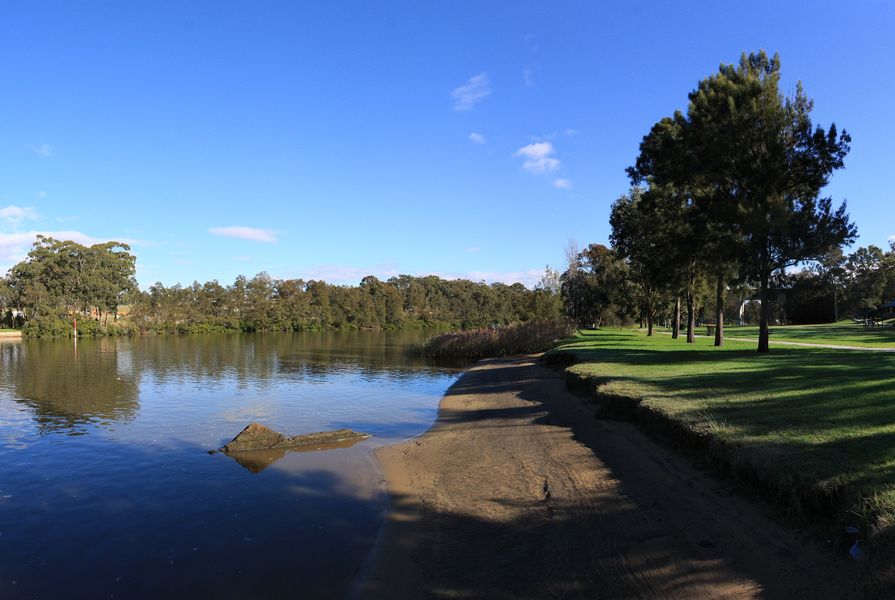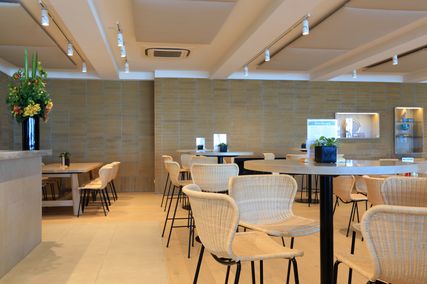Local councils across New South Wales may have lost 20 percent of their open space over a period of 10 years, according to government data.
A 2013 NSW state government report looked at the performance of the state’s councils from 2001/2002 to 2011/2012. The report showed that there was 18.3 percent drop in the amount of open space under council control during that time period, with a loss of 27,401 hectares.
Environmental groups such as the Total Environment Centre have spoken out against the changes, calling the issue “urgent.” Total Environment Centre executive director Jeff Angel said the NSW state government should provide more statutory protection for parks and other bushland.
“Councils are rezoning public space for commercial use, surplus crown lands are proposed for sale and poorly planned infrastructure projects are threatening parks and urban trees,” he said.
“The government talks about a ‘green grid” in its plans but it has to be built on the existing foundation of open space, otherwise we will go backwards.”
“The metro region’s population is growing in size and density of settlement – we need more, quality open space, not less,” he said.
The report speculated that the causes of the drop may have been due to population growth and the need for additional infrastructure or changes in land management processes.
However, a recent report released by the Office of Local Government, an arm of the state government, stated that there had only been a 2.57 percent drop in public space between 2004/2005 and 2013/2014. The report says that there was initially 154,633 hectares of open space in 2004/2005, just 129,047 hectares in 2009/2010, and then 150,696 hectares in 2013/2014.
There is evidence that some councils are counting national parks as open space, even though they do not count as council land, which could account for some of the huge variations in data. Fairfax media highlighted that the Wyong, Gosford and Newcastle councils all gained significant amounts of open land according to government data, and established that Wyong council was including national parks in its asssessment of open space.
A spokesperson from the Office of Local Government said that it is currently in the process of improving data from local councils based on recommendations from the Independent Local Government Review Panel.
“The Office of Local Government is working with the local government sector on a new performance measurement framework and reviewing open space reporting methods will be a part of that process,” they said.
“Councils are responsible for the planning, zoning and managing of land within their local government area and are responsible for determining what is open space based on the definition guidelines provided to them.”
The Total Environment Centre launched a toolkit for communities across the state that want to take action to prevent the loss of public land. The kit names some of the main threats to public open space as a lack of planning, the sale of council-owned land for private use and the sale of crown land for private use.
A Crown Lands Legislation White Paper was released by the NSW state government in 2014, and it contained changes that would make it easier for crown lands to be used for other purposes. Crown-owned land makes up about 42 percent of NSW.
















